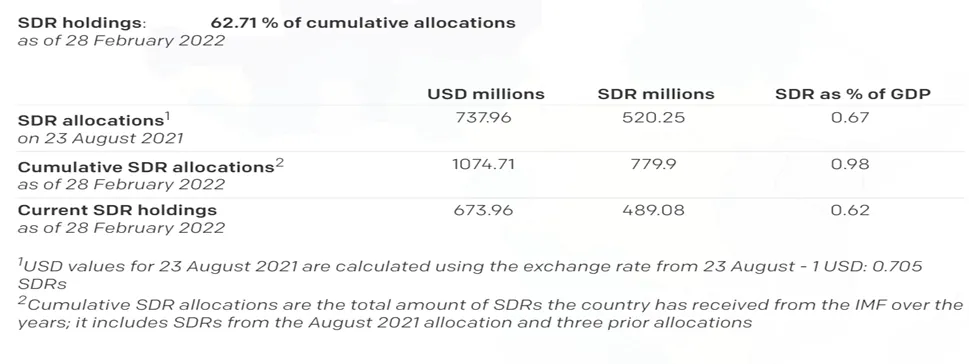
The issuance of SDRs has been used successfully in the past to boost liquidity of the global economy and ease pressure especially during times of crisis for instance the global financial crisis of 2008. One major merit of the SDRs is that they do not expose countries to risks of downgrade or constrain their access to private capital. The issuance comes to the aid of low-income DSSI-eligible African countries as well as states such as Kenya, that opted out of the initiative to preserve their access to international capital markets. This will spontaneously elevate the level of foreign exchange reserves of all IMF member states and aid in building the confidence needed to expedite recovery.
The Kenyan scenario…

Kenya had anticipated debt relief through an extension of debt repayment moratorium from bilateral lenders, saving it from making payments of nearly 453 million USD to the lenders. however, the push for the debt repayment holiday extension postponement by China was dropped for jitters of straining relations with her biggest bilateral lender. Chinese lenders, especially Exim bank, were uncomfortable with Kenya’s push for an extension of the debt service with rich nations, the G20, prompting delays in payments to projects funded by the Chinese financiers.
What an increase in allocation would mean…
An increase in SDR allocation will aid in reducing the country’s exposure to exchange rate volatility and liquidity risks due to boosted reserves besides improving investor confidence thus spurring the country’s economic growth and development.
